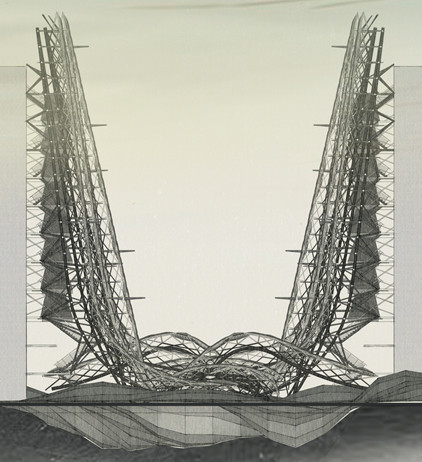
Ecological design is rapidly becoming a staple in architecture school. Its various names—sustainable, “green,” and environmental—all refer to the objective of designing buildings that have a smaller carbon footprint, from construction materials to functionality post-occupancy. Acronyms like HVAC and PV are now part of the mainstream architecture lexicon. These approaches are not globally applicable, however. For example, in tropical climates, the use of such technology is both impractical and ineffective. Additionally, the carbon footprint resulting from producing these devices and systems can be significant.
The National University of Singapore (NUS) Department of Architectureis addressing these very issues. Founded in 1958, the Department of Architecture is oriented towards architecture for Asia and the tropics. Kenneth Ho, Design Director and Co-Founder of Hopscape Design + Architecture and NUS alumnus, says, “Everything here [in the U.S.] is about sustainability like HVAC or solar panels. But there, sustainable architecture is passive. For example, when you build a house, it actually breathes because you build it off the ground, the air circulates through the floor and then out through the roof. Because it’s a tropical climate, you have to do this. NUS is one of the leading schools in teaching this in Southeast Asia. Its become a hub for neighboring countries who send their students to study there to learn about this.”


